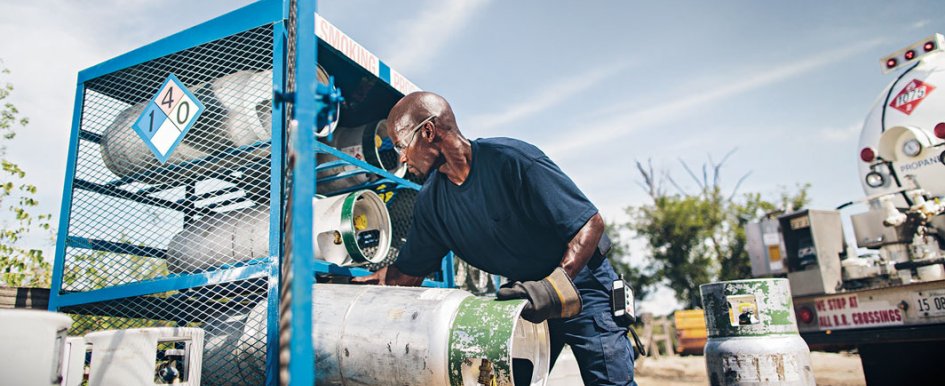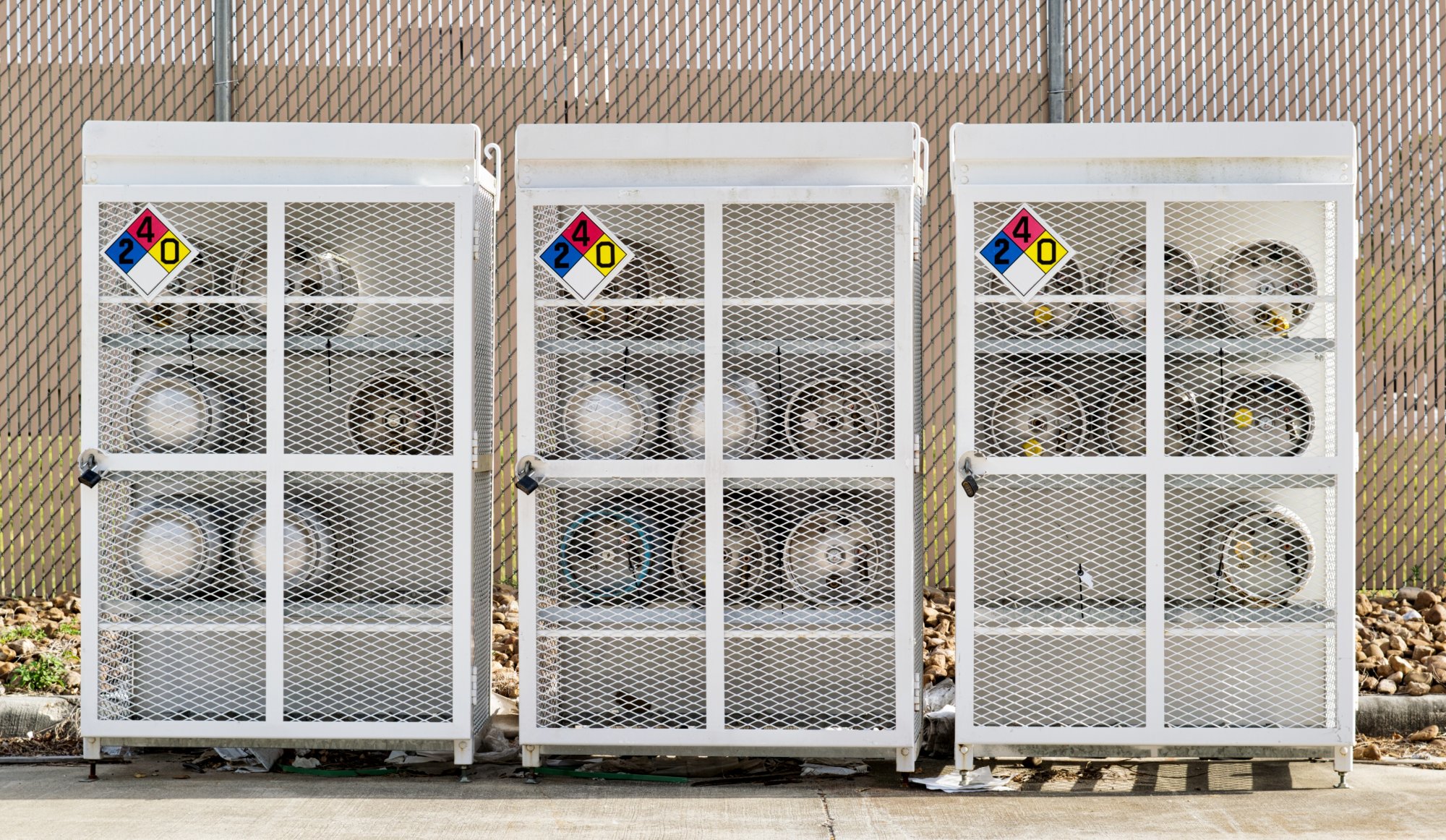
Propane has long been used as a reliable, efficient fuel for jobsite heaters, lights and portable generators. The fuel is widely available across the United States and is often used by equipment dealers and rental companies.
However, despite propane’s established reputation, a few misconceptions remain about the fuel — mostly due to contractors having less familiarity with propane versus gasoline or diesel and not realizing the extent to which propane can benefit a construction jobsite.
The following are the most common myths associated with using propane in construction — and the truth behind each one.
Myth 1: Propane Is Expensive
Truth: On average, propane is 30% to 50% less expensive per gallon than gasoline.
Contractors will find that propane is consistently less expensive than gasoline, even when the price of gasoline is low. And when gasoline prices start trending upward, as they currently are based on reports from the American Automobile Association (AAA), the savings from operating propane equipment are even greater.
For one, propane is a product of both natural gas and petroleum, and the price for propane falls between that of the two other fuels. Additionally, the majority of the propane supply used in the U.S. is produced in North America, providing cost stability even when global fuel markets fluctuate.
Contractors who commit to using propane equipment can further protect themselves from market fluctuations by entering into a fuel contract with a local propane supplier, too. The fuel contract can provide an advantage in forecasting project costs by locking in a set price per gallon for a period of time.
Myth 2: Propane Is Unsafe
Truth: Propane is a safe fuel & can even be used indoors.
Ensuring safety with propane is primarily a matter of following safety regulations and guidelines before and during construction. Propane has a much narrower range of flammability and a much higher ignition temperature than gasoline and many other alternative fuels.
It is also recognized by the Environmental Protection Agency (EPA) as nontoxic and a noncontaminant of air, water and soil. In comparison, fuels like diesel and gasoline contain harmful chemicals, and ethanol is both highly flammable and corrosive.
Safe practices when using propane include locating storage tanks a safe distance from property lines and buildings, protecting tanks and smaller propane cylinders from construction traffic, and avoiding open flames near fuel storage or operation. Propane cylinders are also tested to be 20 times more puncture resistant and to withstand four times the operating pressure of gasoline and diesel tanks.

Information on propane safety can be found in National Fire Protection Association (NFPA) No. 58, “Standard for the Storage and Handling of Liquefied Petroleum Gases,” applicable Occupational Safety and Health Administration rules, and any additional rules from the local authority having jurisdiction.
Using propane equipment is advantageous for contractors working on indoor projects, because propane produces fewer emissions than gasoline and diesel equipment. This includes carbon monoxide emissions, as well as greenhouse gas emissions, such as nitrous oxide and sulfur oxide.
With proper ventilation, propane’s emissions profile enables the fuel to be used both indoors and outside, reducing potential trip hazards from electrical cables.
Myth 3: Propane Use Is Limited in Construction
Truth: Propane is versatile & can be used in multiple types of light construction equipment.
Most contractors encounter propane on a jobsite in fueling heaters and portable power generators. But the amount of equipment that can be powered by propane has grown to encompass a wide range of light construction equipment.
Now, contractors can find propane models for jobsite lighting and concrete equipment, including riding trowels, grinders, polishers, dust extractors, shot blasters and concrete saws.
The fuel can be used to move materials across sites with forklifts or wheel buggies, as well as vertically with aerial lifts and small cranes. Propane can also provide the high, consistent temperatures required for asphalt heaters and tar kettles.
Contractors can use propane autogas in vehicle fleets as well. An increasing number of light- and medium-duty work trucks and vans can be converted to run on propane autogas, including chassis upfitted with dump bodies, cranes or box options.
Myth 4: Propane Is Just a Trend
Truth: Propane is a proven fuel for construction equipment.
The amount of light construction equipment powered by propane continues to grow primarily because of the increased demand for sustainability in construction and on jobsites. Manufacturers have responded by incorporating propane into equipment lineups.
In addition to producing fewer emissions than gasoline and diesel equipment, propane is recognized by the EPA as a noncontaminant of soil, water and air — a fact that contractors can call out when working with green-minded customers.
Manufacturers and users are also increasingly implementing alternatives beyond corded equipment. Brands that were once electric-only are now offering engine-driven solutions powered by propane and even hybrid options.
This is in addition to the trend over the past couple years of manufacturers exploring options beyond diesel for light construction equipment. Several research and development projects are also in progress with the Propane Education & Research Council to make propane engines even more efficient and applicable for use in new equipment.
No matter what myths a contractor has heard about propane, the truth is that this alternative fuel offers several advantages for construction jobsites and your company’s bottom line.
